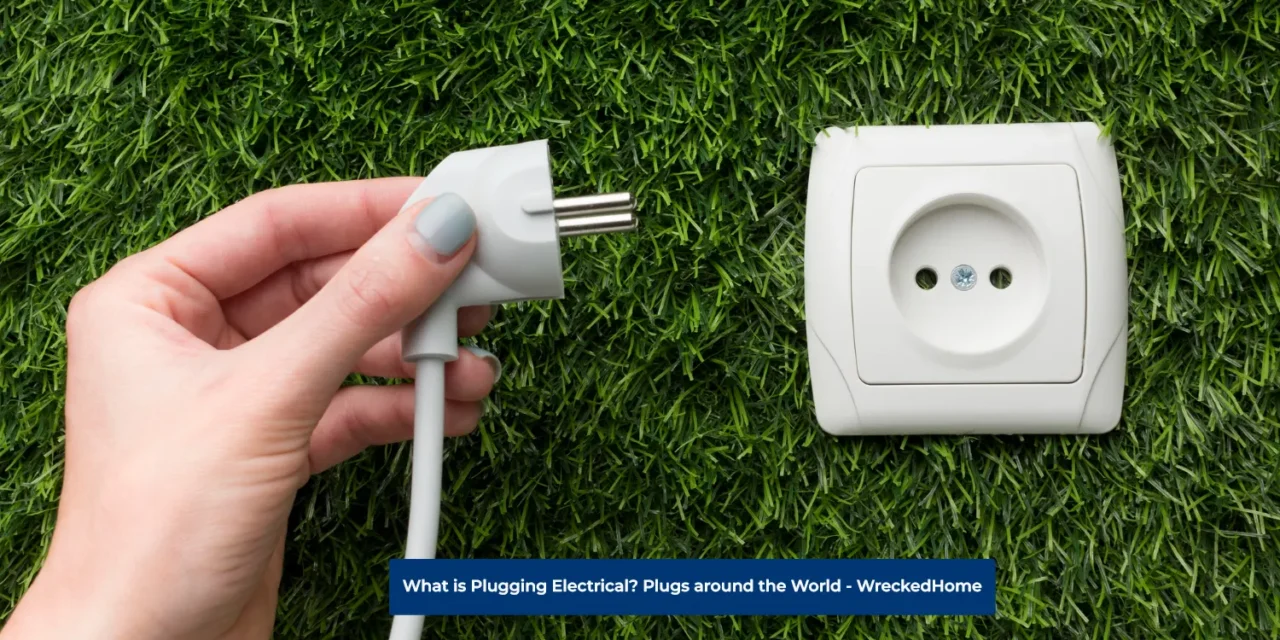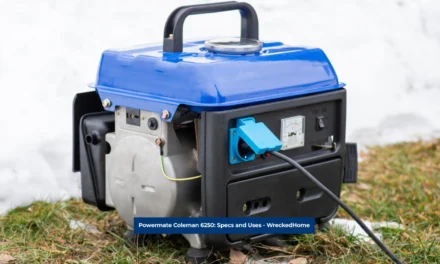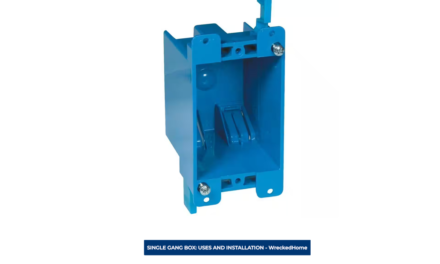Plugging electrical is a task that you do on a daily basis. Anytime we plug something in, this is what we are doing. If you don’t understand it, you might become blindsighted.
The knowledge of these complexities will help you in remaining safe while using any plug. So, lets explore it further.
What is Plugging Electrical?
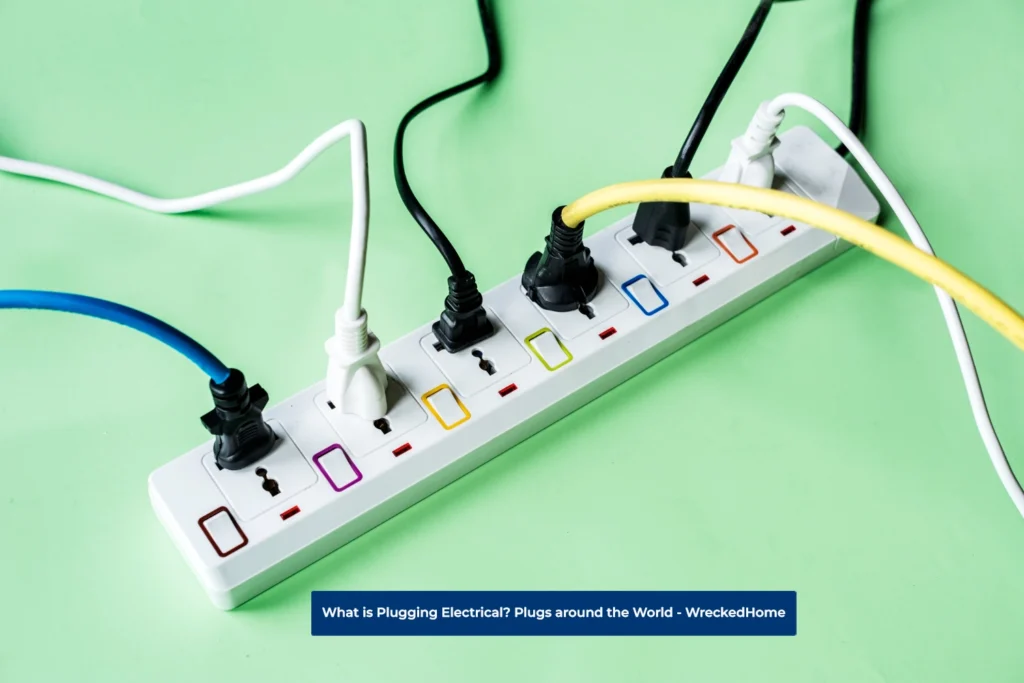
Plugging electrical can be short for plugging electrical appliances/devices. It means that you connect an appliance or a device to the electrical socket or outlet. For it, you need a plug to insert in the switch or socket.
That plug establishes an electrical connection and delivers power to the device. In this way, your appliances will be charged and ready to work.
This is the simple plugging electrical method. But, there is something else in it too.
Different countries have different types of plugs. It means that the plug of your country may not be sufficient for the electrical system of another country.
Different Types of Electrical Plugs
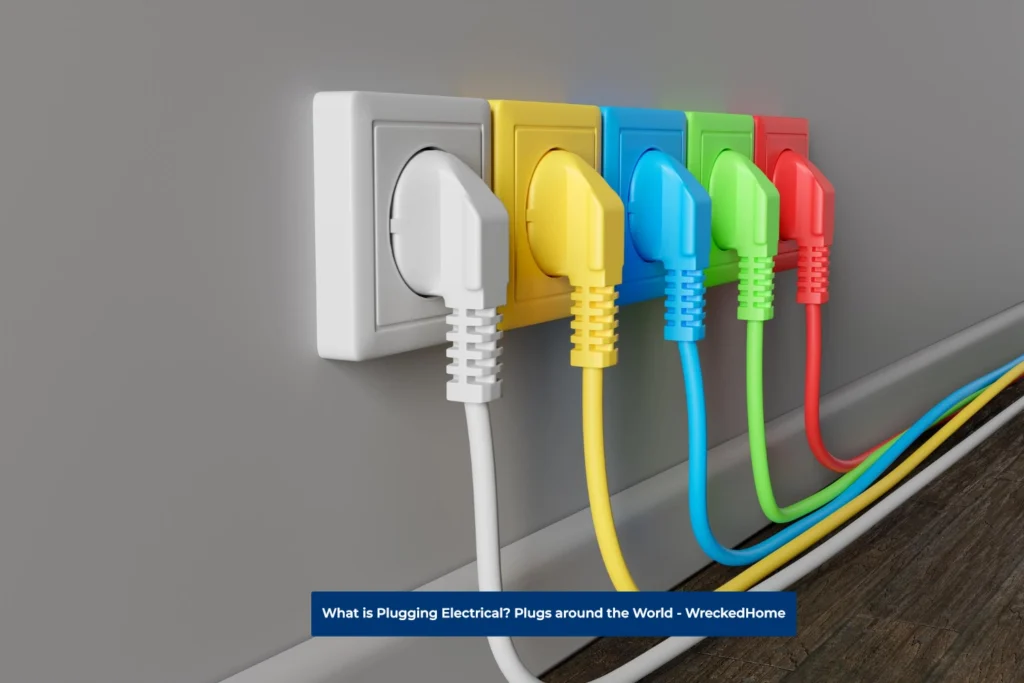
You have your laptop, mobile, and other electrical appliances packed in your bag. You are going to another country to travel or do some business work. But, your plugs are not working in the sockets or switches of foreign countries.
Why is that? Because, for plugging electrical, you need that area’s plug. At this moment, 16 different electrical plugs are used worldwide.
The US Department of Commerce International Trade Administration (ITA) has given each plug a letter. Those letters are their names.
These letters have no meanings. They are arbitrary and have been assigned randomly to the plugs.
Now, let’s discuss these plugs in detail.
Plug A
Plug A is the type of electrical plug that we use everyday. It is the most common plug in the United States, Japan, Canada, and Mexico. It is unique because it has two flat pins with a small hole. Most of the time one pin is thicker than the other one.
It has 15 amperes of power, and voltage is almost always around 100 to 127 V. This plug is not grounded. It means you can’t connect it with Earth.
This electrical plug is common in the USA. So, it is compatible with Our Power Saving Charger. This is not the only country that uses Plug A. It is also a common plug choice in Saudi Arabia, Cambodia, Colombia, South Korea, and North Korea. You may also see this plug in Cuba, the Philippines, Maldives, Malaysia, Jamaica, and Jordan.
Plug B
Plug B is very similar to plug A. The difference is that it has a third-rounded pin. This pin is a bit longer than the flat one.
This electrical plug is grounded, so the third pin is used to connect with the grounding connection.
Its voltage, power, and countries are similar to plug A. So for plugging electrical in B, you should keep the information of plug A in your mind.
Plug C
A lot of you around the world are familiar with plug C. It contains two simple round pins while the wall plug also has two holes.
These holes are called males and females. These colloquial terms are famous in cable connections.
You can find this plug type in different European and Asian countries. You can find it in Spain, South America, and different countries of Asia.
The voltage in it varies between 220 to 240 volts. Moreover, the ampere value also varies in this plug as it has different variations. The current value is 2.5 A, 10 A, and 16 A.
Moreover, this plug is not grounded. You can start plugging electrical into it without any earth connection.
The best thing about this plug is it is compatible with various other types too.
Plug D
This plug is also known as the Indian plug. It is widely used in India, and countries related to it. These are Sri Lanka and Nepal. Moreover, you can find this plug model in African countries too. That country is Namibia.
It is just like plug A. But, you need to replace the rectangular shape of pins on that plug with a circular one.
This plug has two flat pins and a third long and thick pin. These pins are present in a triangular shape. This third pin can be used for grounding.
When plugging electrical in this plug, you should know that it provides 6 amperes of power. And, the voltage of it ranges from 220 to 240 volts.
It means that this plug is ideal for various electrical applications. You can do plugging electrical into it without any safety concerns.
Plug E
This type is mostly used in Belgium, France, Poland, Morocco, France, Tunisia, Czechia, Senegal, and Slovakia. In France and Europe, type C is also used. So, this plug is compatible with plug C.
It contains two round pins present in parallel positions with a hole above them. The third pin from the wall plug will enter into that hole.
This plug is also grounded and contains 16 ampere power. Its voltage varies from 220 to 240 volts. The grounding pin is especially important for appliances having high power.
Plug F
You can find this plug in almost every part of Russia and Europe. Except for Ireland and the UK, you can find this plug in various European countries. These can include Turkey, Thailand, Indonesia, and Jordan.
Just like type E, this plug is also compatible with C. This plug contains two grounding clips. You can insert these pins into the wall plugs.
It can deliver 16 ampere power and voltage power varies from 220 to 240.
Plug G
This plug is mainly used in Malta, Ireland, the United Kingdom, Malaysia, the Arabian Peninsula, and Singapore. The countries that have close historical links to the British Empire use this plug.
It has three rectangular flat pins that are positioned in a T shape. As usual, the third pin is used for grounding. Moreover, this plug also has a fuse inside it.
It is a strong plug that is ideal for high-plugging electrical applications. The common use of this plug is to charge the electric cars at home.
The countries of this plug have different electricity safety rules. For example, in bathrooms, you cannot use plugs within the three-meter range of bathtubs.
Plug H
This plug also has three pins that are in a triangle shape. You can use the third pin for grounding the plug.
Its voltage power ranges from 220 to 240 volts. This plug is compatible with types C and H. It also has unsafe or partial compatibility with plugs E and F.
This plug is used in the West Bank, Gaza Strip, and Israel.
Plug I
The plug I has three flat or rectangular pins which are present in a V shape. The upper pin in this plug is used to connect with the Earth.
This plug is available in different countries. The names of some of these are Argentina, Australia, China, Uzbekistan, and New Zealand.
You can find 10-ampere power in it. Along with this, it contains 220 to 240 volts.
Plug J
The Type J is popular because of its unique design and configuration. Its style is also known as the Swiss style. Due to this uniqueness, it is compatible with Switzerland and Liechtenstein. With these countries, it is also present in Jordan, Maldives, and Madagascar.
It has three round pins present in a straight line. For plugging electrical in it, you can go for a grounded connection too.
This volt supplies almost 230 electrical volts at a frequency of 50 Hz. This voltage and frequency are also a specialty of this plug.
Plug K
This plug also contains three pins. The two pins are in a round shape and the third one is a semi-rounded one. This third unique pin is present at the bottom and is used to connect to the wall plug.
You can find this plug in Denmark, Senegal, Maldives, Guinea, and Madagascar. This plug is also compatible with type C.
Plug L
Plug L contains three round pins that are placed in a line. The middle pin is used to connect it with wall plugs.
The two pins are thicker and are known as neutral or live pins. The third pin is thinner and is known as the grounding pin.
This plug is famous in Italy as it follows Italian electrical standards. With it, you can find this plug in Chile, Maldives, and Africa.
Plug M
This plug is present in Pakistan, India, South Africa, Malaysia, Israel, Singapore, Nepal, and Mozambique.
You will see three round and large pins on this plug. These pins create a triangle shape in which two are parallel and the third one is present on the above.
Plug N
This plug has an interesting history. It was created as a universal plug that every country can use. The creators wanted to demolish the concept of different plugs in different countries.
They tried to make it a universal USB for electricity. But, due to various complexities, their dream was not fulfilled.
Today, only two countries are using this plug. These countries are parts of Brazil and South Africa.
Plug O
This plug is only present in Thailand. It also contains three pins, one to connect with the earth. It has almost 220 to 240 volts of energy. Moreover, it is compatible with plug type C.
So, these are different plugs for plugging electrics. You must have noticed that each one has various specifications. Their voltages, ampere values, and grounding specifications vary.
That’s why you should be cautious when plugging your appliances in a foreign country. I suggest you have a voltage converter and universal adapter in your traveling bag every time. Through these devices, you can use any of these plugs easily.
If you have any electrical installation needs, please hire a professional. Find A Pro Near You Here!
Frequently Asked Questions
Why do different countries have different plugs for plugging electrical appliances?
It is due to the non-globalized technological advancement. Each manufacturer has created their appliances with different technology. Due to these differences, we have 16 different plugs.

